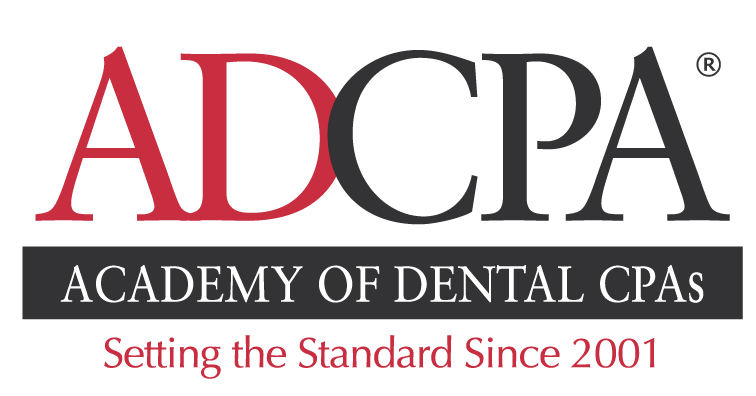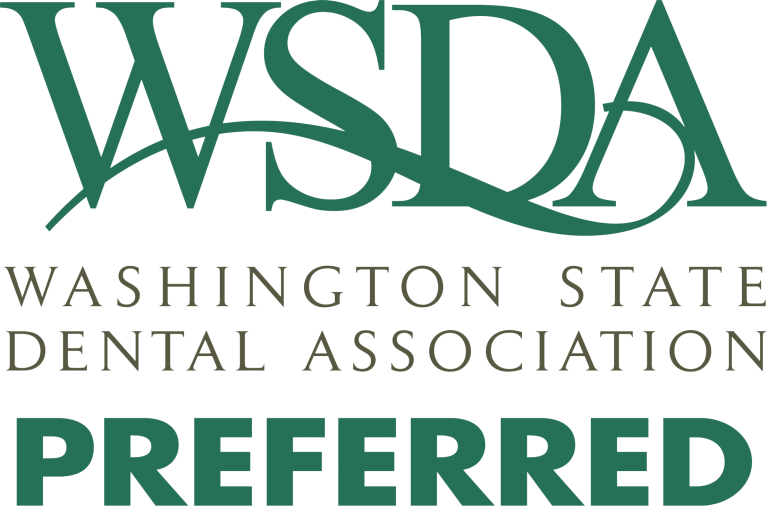Written by Kevin J. Bray, Partner @ the Dental Accounting Group
Navigating the financial landscape of a dental practice is a bit like perfecting a smile makeover – it requires precision, expertise, and a keen eye for detail. As dental CPAs specializing in accounting and business advisory for more than 400 dental practices in the Pacific Northwest, we’ve seen firsthand how crucial it is to keep a finger on the pulse of your practice’s financials. Much like advising patients on the importance of regular dental check-ups, we recommend that owners review their financials monthly as a preventative measure against fiscal decay and a strategy for cultivating a thriving practice.
What is Financial Benchmarking?
Financial benchmarking, in the context of a dental practice, involves the analysis and comparison of your practice’s financial performance against that of similar practices within your geographical area. Using local data vs national averages is important when creating budgets and production goals. For example, insurance reimbursements and staffing costs for a practice in Washington are going to vary significantly from a practice in Iowa. By comparing your financial health to that of like-kind practices, you will gain valuable insights into local market dynamics, competitive positioning, and potential areas for improvement or growth. This laser-focused approach enables you to make informed decisions, set realistic goals, and implement best practices, ultimately scaling your practice to new heights of success.
Key Overhead Benchmarks at a Glance:
- Staff Expenses: 36.48%
- Dental Supplies: 6.89%
- Lab Fees: 5.01%
- Facility Expenses: 6.85%
- Marketing Expenses: 1.13%
- Merchant Service Fees: 3.32%
Note: These benchmark figures are based on 2023 financial survey data for general practices between $800k to $1m in annual revenue. This is only a snapshot from our extensive Practice Analysis Report.
Additional Key Performance Indicators That Every Practice Should Track:
- New Patient In-flow
- Average Daily Production
- Hourly Chairside Production
- Gross Production, Net Production & Net Collections
- Accounts Receivable Aging
- Profit Margin Before Owner & Associate Compensation
Fiscal Hygiene: Clean Up Your Practice’s Accounting Records
At the heart of effectively managing these benchmarks lies the imperative approach of keeping clean bookkeeping records and a streamlined dental specific chart of accounts. This is equivalent to maintaining a well-organized dental office where every instrument has its place, simplifying diagnosis and treatment. Clean financial records ensure that every transaction is accurately captured, enabling a clear view of the practice’s fiscal state. At the Dental Accounting Group, we use a standardized dental practice chart of accounts across all of our clients, which allows us to synchronize data into customized benchmarking reports.
Create the Habit of Reviewing Your Financials Monthly
Don’t wait until the end of the year to complete your bookkeeping. If you don’t have the time, then hire a professional bookkeeper. Think of bookkeeping and reviewing your financials as your patient’s routine cleaning: it’s essential for identifying small issues before they require major restorations. Just as regular dental cleanings and exams are essential for maintaining oral health, a disciplined approach to bookkeeping and tracking your financials with benchmarks is crucial for the vitality of your dental practice. Embrace the routine financial check-ups with the same enthusiasm you have for patient care and watch your practice not just grow, but flourish!
Need better bookkeeping and financial reporting?
Reach out to us today




